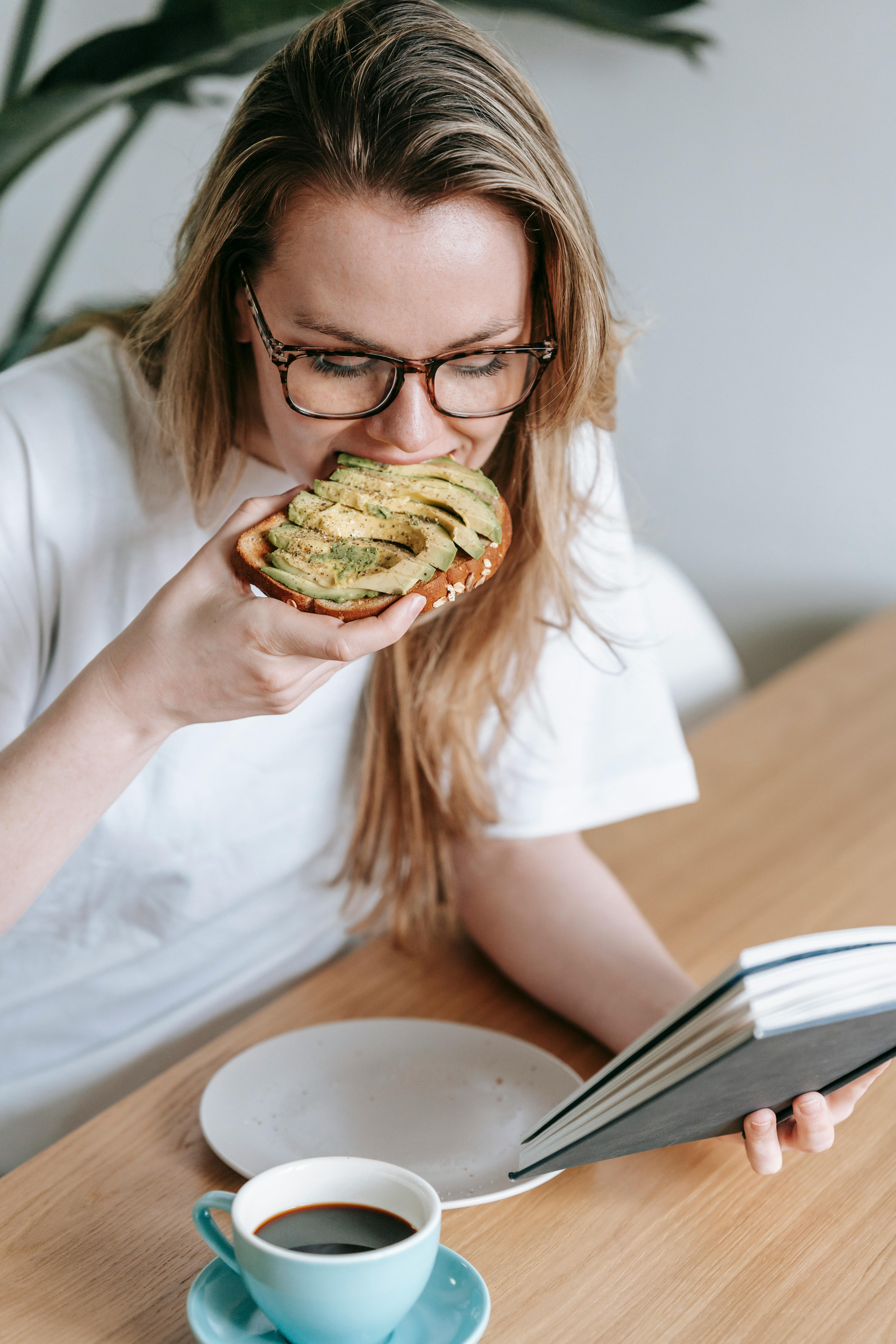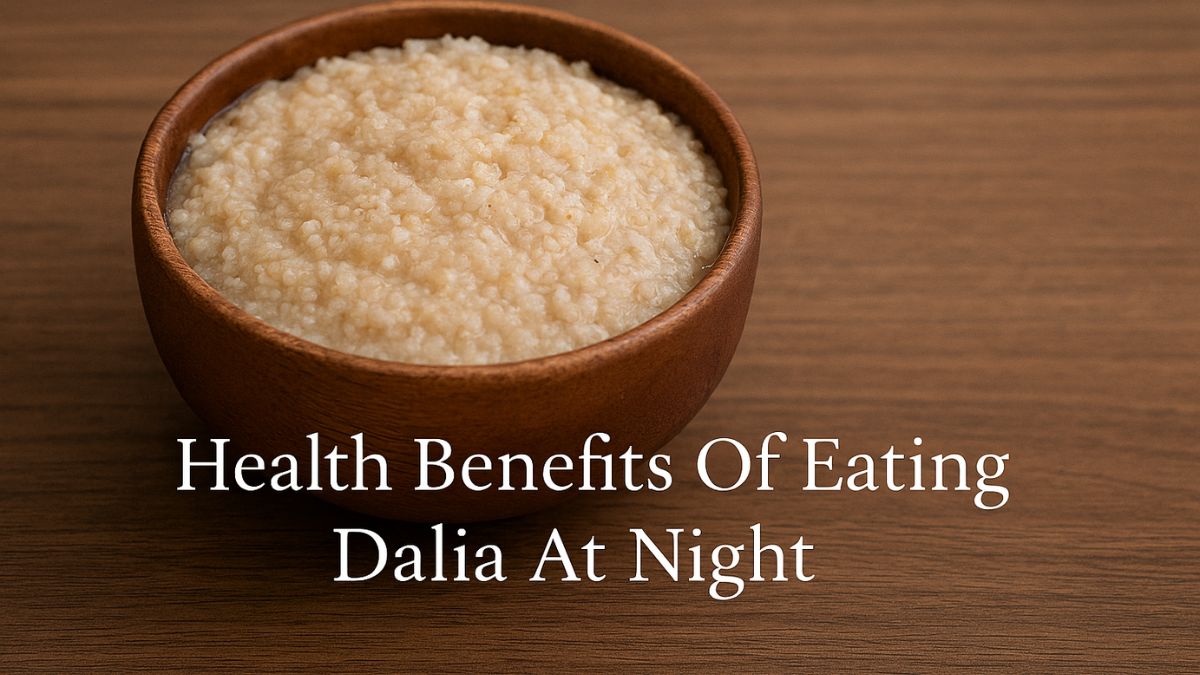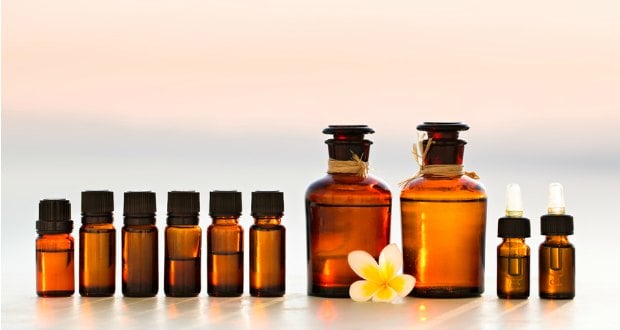Symptoms of Migraine
So, how can you tell if you have migraine and not just a headache? Keep a lookout for the following common symptoms:
1. Pulsating headache, often on one side
2. Nausea
3. Light sensitivity
4. Pulsating and recurrent pain
5. Blurred vision
6. Light headedness
7. Symptoms may last for 2-3 days
In her book, The Complete Guide to Migraine Headaches, author Alice Peart explains that migraine is more than just a headache. Therefore, it's not enough to pop a pill to kill the pain but also understand the factors that trigger the headache. These factors can be anything from stress and lack of sleep to the kind of food you eat.
Migraine is often triggered by certain food items consumed in the past 24 hours. Many people have an adverse reaction on consuming dairy products or foods containing sulphites and nitrites like meat, caffeine, chocolate or red wine. Such foods dilate your blood capillaries and increase the flow to the brain which may cause a migraine attack. Having said that, you can't completely rely on your food habits to find the cause of migraine, genetics and environmental factors also appear to play a role. But if you're constantly dependant on a pack of pills, you're ignoring the real issue that triggers the headache.
Here's all the help you need. We got in touch with an Ayurveda expert for some natural home remedies for migraine that treat the root cause. These may not cure migraine completely but they can definitely help in reducing the frequency and intensity.
Home Remedies for Migraine
1. Drink Ginger Tea
Author Alice Peart suggests that drinking ginger tea helps in coping with the other symptoms of migraine like nausea. Ginger root is known to block prostiglandins, compounds that stimulate muscle contractions and cause a headache. Peart advises that you should have 2-4 grams of ginger daily to feel better. In any case, most health experts suggest adding ginger to your daily diet considering it is a superfood and helps in promoting overall health.
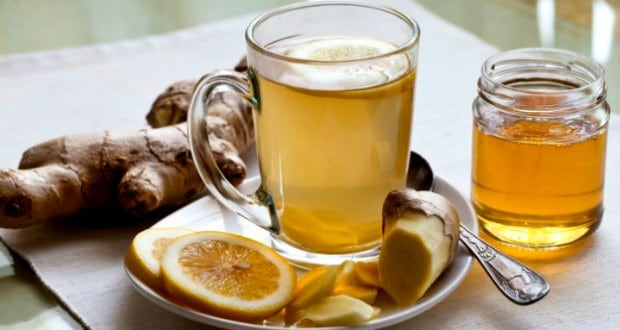
2. Inhale Essential Oils
In the her book, Peart also writes that inhaling essential oils like rosemary, lavender and jasmine could be a great home remedy. Soothing scents can help reduce pain and ease tension by directly attacking the triggers. Stress can be a trigger for migraine headache and luckily lavender oil works as a mild sedative that helps you calm down. Similarly, rosemary oil helps in treating hormonal imbalances which is one of the major causes of migraine in women. Add five to 10 drops of the essential oil into hot water and take deep breaths so as to inhale the steam.
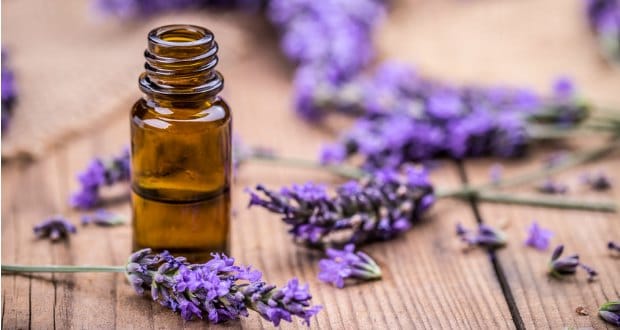
3. Use Sesame Oil as a Nasal Drop
Dr. Akhilesh Sharma, Former Ayurveda Advisor for the Delhi Government, suggests that you use sesame oil as a nasal drop. According to Ayurveda, migraines may mostly be associated with an aggravated vata dosha caused due to mental stress or insomnia. The dry nature of vata can make you dehydrated, leading to stiffness of muscles and constipation that trigger a headache. In order to relieve the pressure created in the body, put about four drops of sesame oil in your nostrils once a day till the migraine attack lasts and inhale deeply. Sesame oil relieves the gases that are causing the head pressure and relaxes your body.
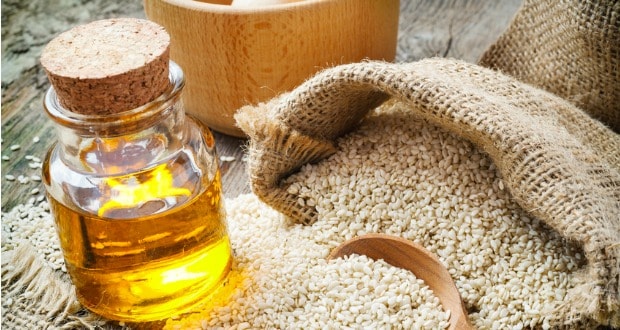
4. Apply Nutmeg Paste
Make a paste with crushed nutmeg powder and water and massage on your forehead. This can help in relieving a headache as it promotes sleep, suggests Dr. Sharma. Nutmeg is actually a sleep inducing spice that also helps you keep calm and relaxed in any situation. A massage with nutmeg paste on your forehead will instantly give your relief and let you get some sound sleep.
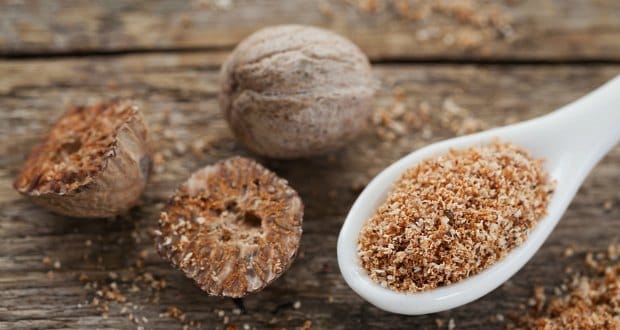
Yoga can help in calming the mind and relaxing the blood vessels. According to Dr. Sharma, the Brahmri Pranayyam or the Honey Bee Pose is one of the best exercises to treat a headache. It is essentially a breathing technique where the humming sound vibrations tend to soothe the nerves around the brain and forehead. It is a very easy pose where you place your index fingers in both your ears. Place your fingers on the cartilage. Breathe in, breathe out, gently press the cartilage and make a humming sound like a bee. Try to make a high-pitched sound and repeat this pattern 3-4 times.
6. PeppermintA 2008 study published in the Journal of Neuroscience shows that the fragrance of the peppermint herb helps in relieving a headache. Moreover, it's anti-inflammatory properties soothe the nerves. You can drink freshly brewed peppermint tea or even massage your temples with peppermint oil and leave it on for at least half an hour. Do this few times a day till you feel better.


